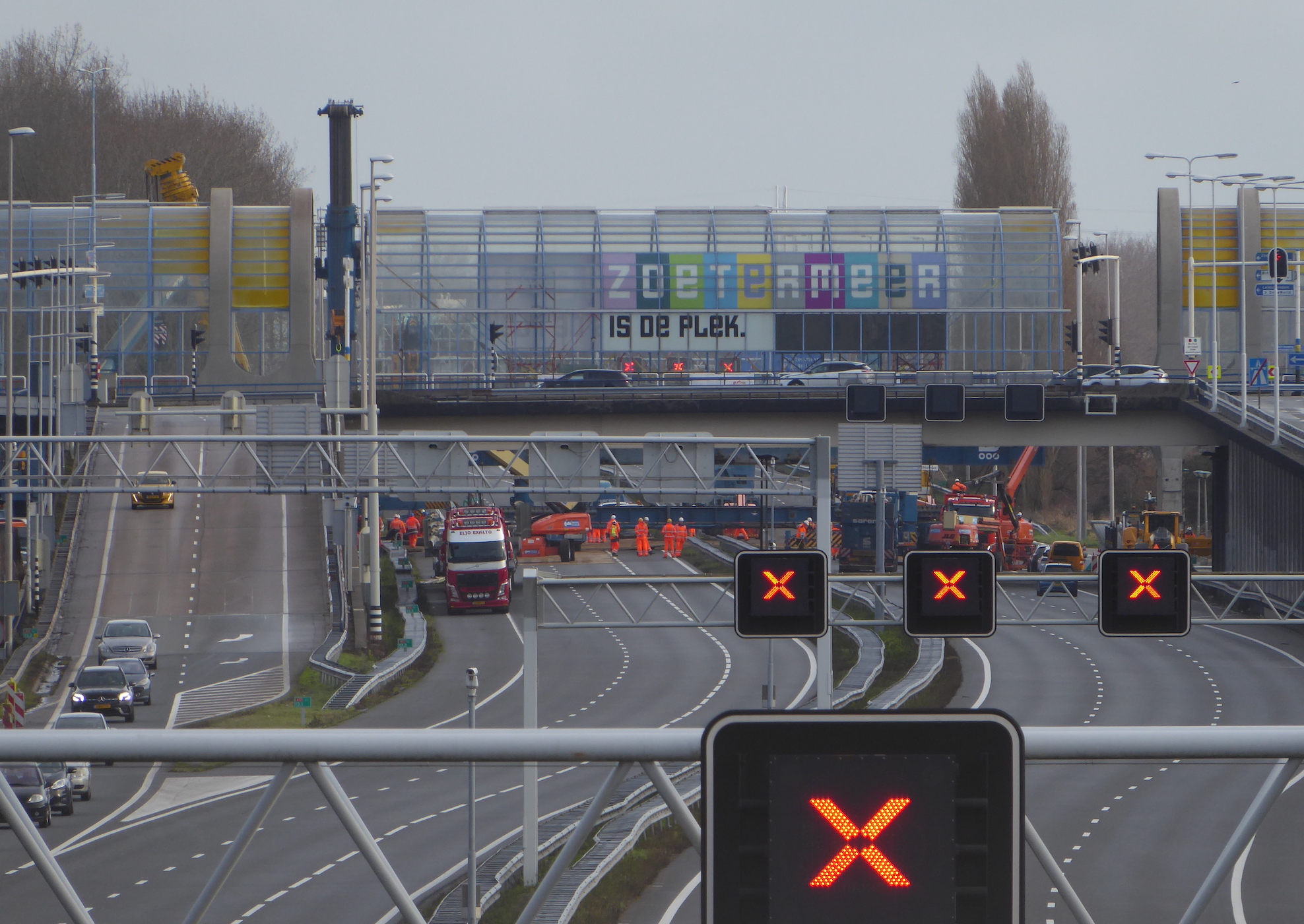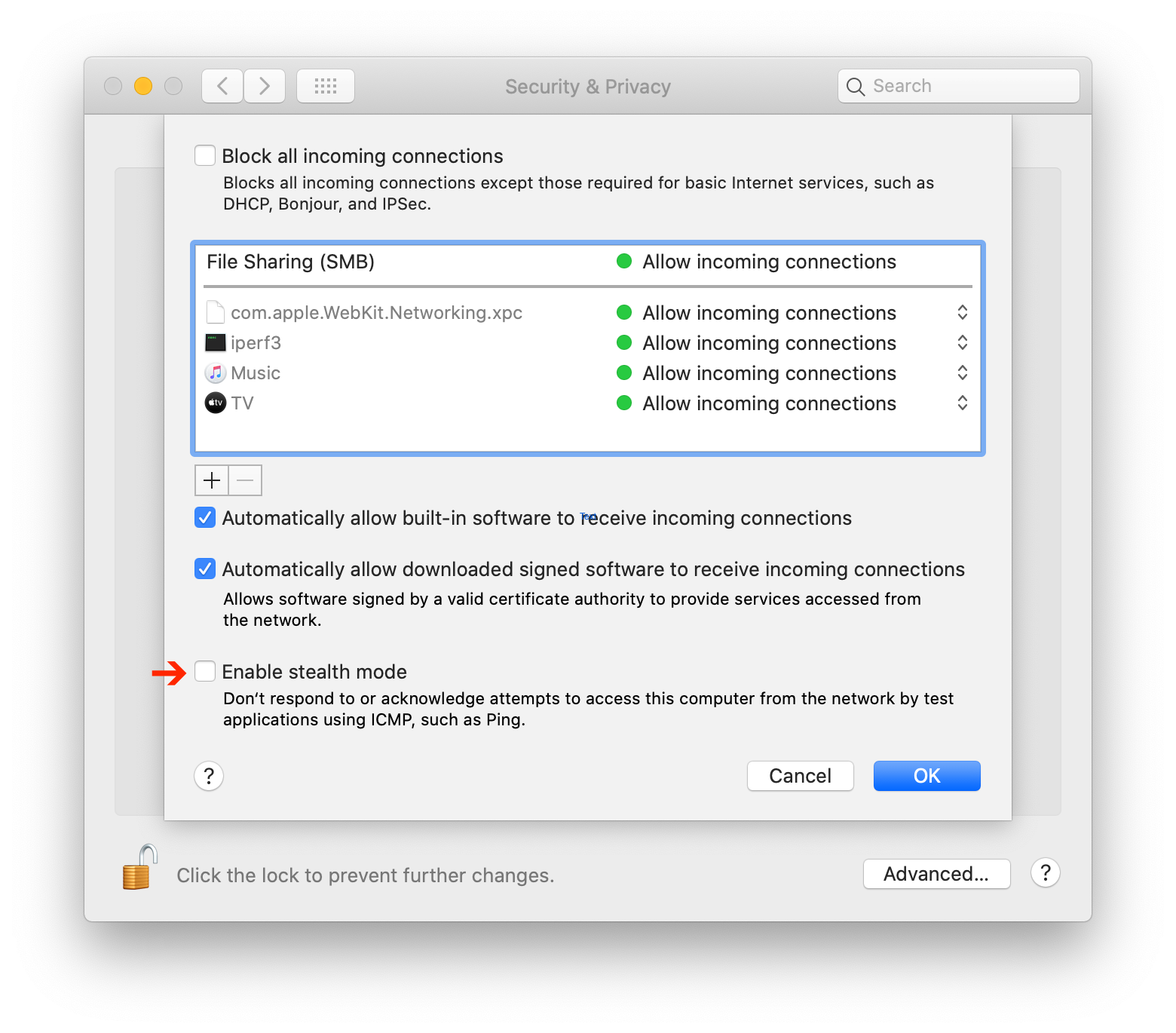Review: Sigma BC 16.16 STS CAD cycling computer
▼ As I wrote earlier: recently, I lost another bike computer so I needed a new one. I decided to get a more recent version of the Sigma BC line that I've been using for the past decade: the Sigma BC 16.16 STS CAD. These seem to be on the way out now, being sold out almost everywhere. But no obvious replacement that isn't more expensive and more complex, so I'm glad I got to get one of the last ones.

The first 16 (roughly) indicates the number of functions. The second 16 is, as far as I can tell, the platform year: 2016. STS is the digital wireless communication system that allows the "computer" to talk to two different bike speed sensor as well as a cadence sensor. The speed sensor sits on the bike's front fork where a magnet on a wheel spoke tells the sensors how fast the wheel is turning. The cadence sensor does the same for your pedals. I got the package that includes a speed sensor and a cadence (CAD) sensor. You can also get just the speed sensor. Or get an extra speed sensor for a second bike.
How it works
I actually did use my previous Sigma BC with two different bikes, and that worked very well. You need to tell one of the sensors to be on the second channel. You then get to set different wheel diameters for the first and second bikes. This is important, as the computer needs to know that wheel diameter / circumference to determine how fast you're going and how much distance you're covering. (In my case it was always 28" / 2200 mm.)
The Sigma sits in a little holder. You twist it to release it so you can take it indoors if you leave your bike outside, that way it won't get stolen. My previous Sigma BC 9.16 STS wouldn't necessarily sit very secure in its holder, hence me losing it. For the 16.16 this seems less of a problem: you really have to put in some effort to make it click into place. It's also not compatible with most earlier cradles. The default way to secure the holder is with a rubber band. But with a couple of tie wraps the holder is locked down more tightly. I reused my previous speed sensor and an older cadence sensor that I still had lying around.
So what do you get out of the BC 16.16 when cycling?
First of all, the current speed is displayed at all times. The whole kilometer per hour numbers are displayed prominently, with fractions of a km/h shown with a much smaller single digit. This part of the display, which also has some status icons, such as connectivity and first/second speed sensor, use a segmented LCD. However, the lower part of the relatively tall display is a pixel LCD. This shows all kinds of information, such as:
- Trip distance
- Average cadence
- Cadence
- Ride time
- Fuel save
- ETA distance / time / clock
Some of these are not so interesting, but you can't turn them off.
The device maintains both statistics and totals. Statistics are numbers of kilometers and hours of activity during the current month and past eleven months. Totals are just the totals of the same for as long as you care to keep them running. On my previous BC I kept a running total of the number of kilometers I rode during the year. So I had to reset that number to zero at the beginning of the year. The monthly statistics are updated whenever you reset a trip distance, and roll over at the start of the next month automatically.
The backlight is pretty clever: if you turn it on, you tell the BC a start and end time. Between those times, whenever you push either of the buttons, this will turn on the green backlight for a few seconds. A second press will let you control the device as normal. Outside the configured dark hours, first presses are handled as normal and the backlight doesn't come on.
Not sure what impact all of this will have on battery life. With the old one, I had to replace the CR2032s in the "computer" and the sensors about once a year. You may or many not lose your statistics and/or settings when changing batteries.
ETA counter
One nice new feature over my previous Sigma BC is that this one supports an ETA (estimated time of arrival) counter. You set a distance, start the count down and the BC 16.16 will show you the distance to your goal and either the time to reach it or the clock time when you will reach it. You have to choose between the latter two options. I find the clock time when you are expected to reach your goal more useful. The time estimation seems to work quite well, not immediately jumping all over the place when you've stopped at a traffic light.
NFC
With an Android phone you can use NFC to read data from the BC 16.16 using Sigma's app. Unfortunately, this doesn't work with the iPhone. To some degree this makes sense due to Apple's limitations. But a simple read action to collect some data is still possible. With an NFC reading app I get a URL from the BC 16.16. Obviously that wouldn't be enough to completely sync all data, but it would/should work for reading cycling trip data from the last few days in the form of a URL or other simple data format. But no, iPhone users get nothing here.
Conclusions
I really like how Sigma Sport keeps improving these simple bicycle computers. The ETA feature seems like a good addition, and the most important information is displayed nice and clear. The automatic monthly statistics are a good way to keep track of any goals you've set for yourself. So if you find yourself wondering how fast you're going or how far you've cycled fairly regularly, but you don't want to mess with smartphone apps or complex/expensive GPS-based bike computers, one of these BCs is highly recommended.
Permalink - posted 2023-01-01 - 🇳🇱 Nederlandse versie




